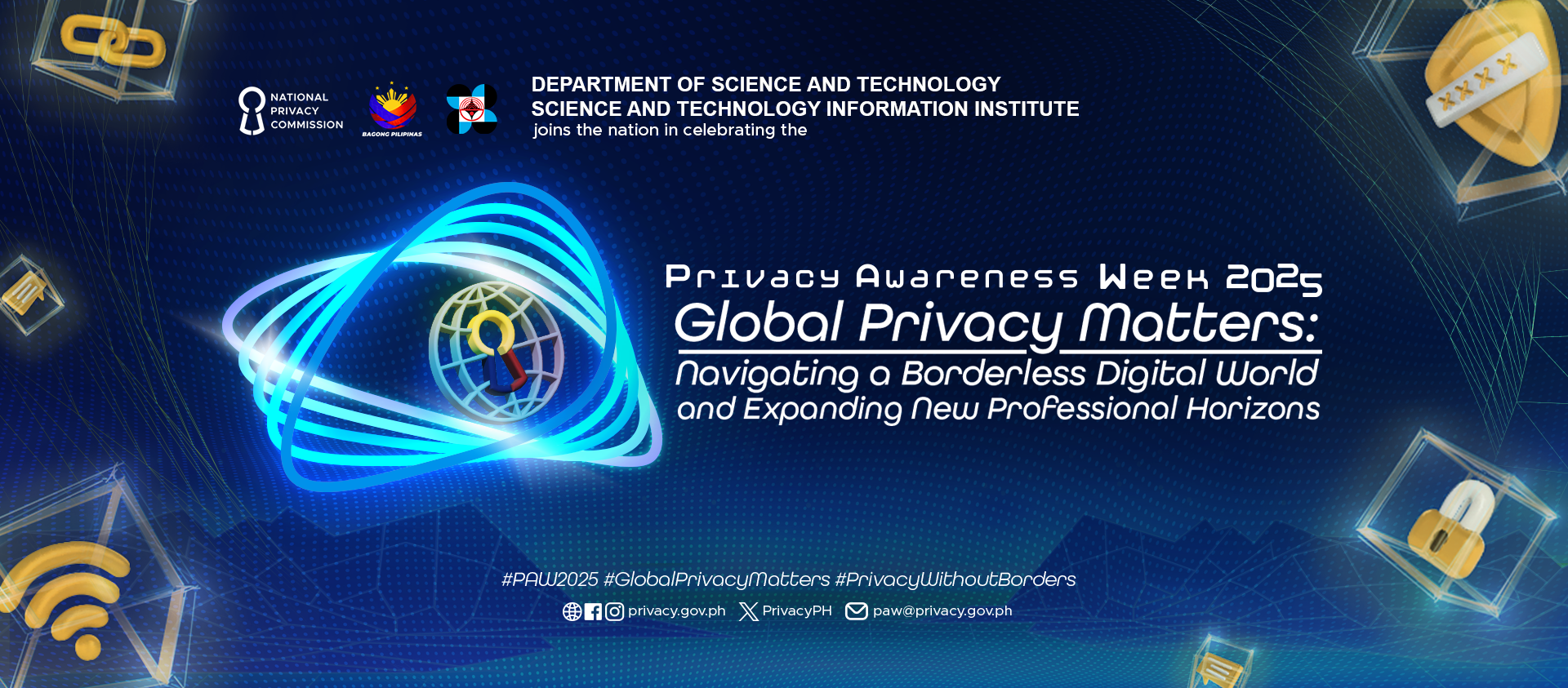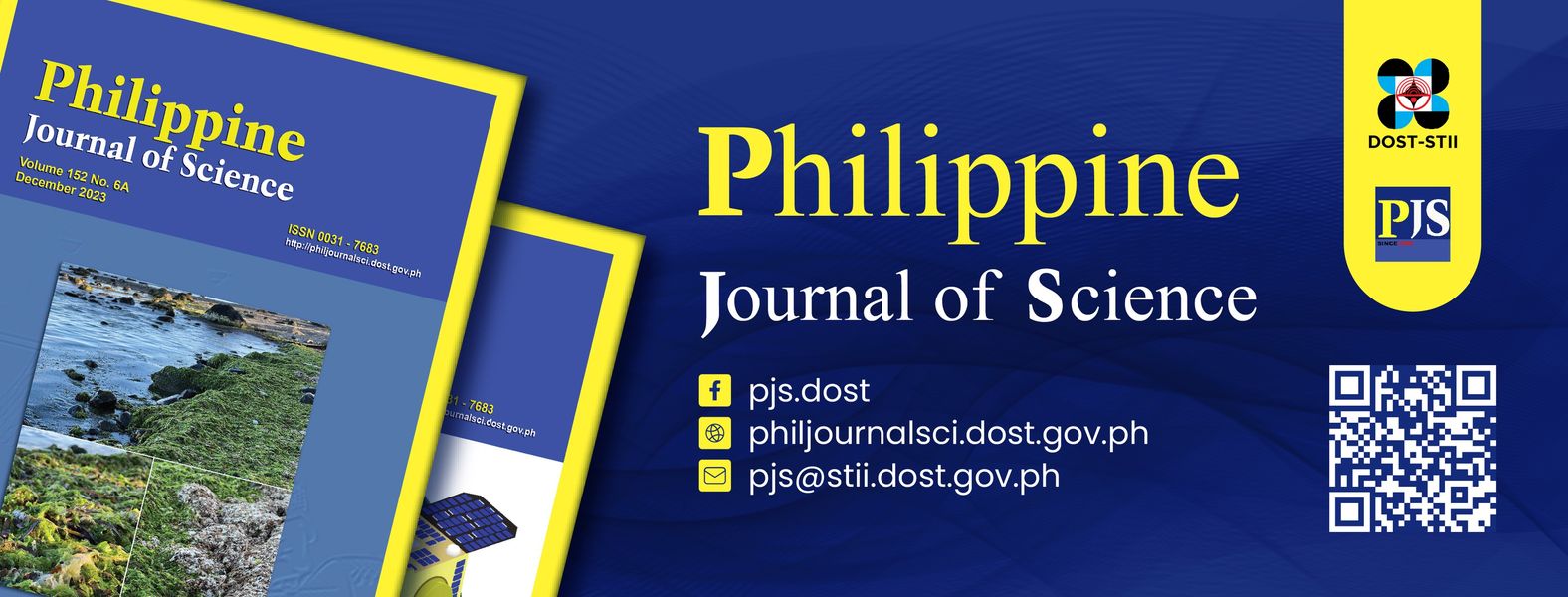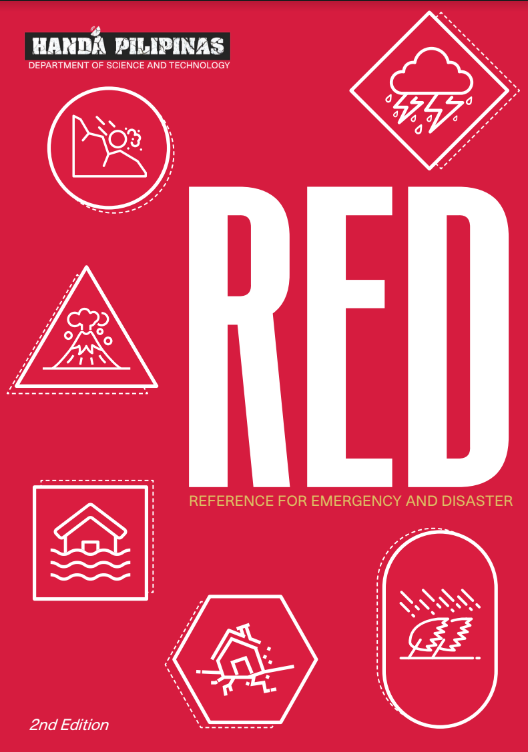The presence of microplastics in various ecosystems like rivers, coastal waters, and even air, due to mismanaged plastic wastes has been a long-standing issue in the country and even globally.
Recently, researchers from Mindanao State University-Iligan Institute of Technology (MSU-IIT) have published a study titled, “Urban Road Deposition of Microplastics in Iligan City,” published in the Philippine Journal of Science in 2024, which pioneered in quantifying and characterizing microplastics, especially from road dust in an urban setting.
One of the authors of the study, Jeron Bet B. Tejano said that microplastics in road dust pose potential health risks, particularly to vulnerable groups such as children, the elderly, and individuals with respiratory conditions. Tejano is a MS Environmental Science student at MSU-IIT supported by a scholarship from DOST through the Accelerated Science and Technology Human Resource Development Program (ASTHRDP).
“Since RDMPs (road dust microplastics) can become airborne and be inhaled, they may contribute to respiratory inflammation, lung irritation, and other health complications. Some microplastics also contain toxic additives or can absorb harmful pollutants, further increasing health risks,” Tejano said in an interview.
He added that while more studies are needed to fully understand the long-term effects, the presence of RDMPs in urban environments is a growing concern that needs attention.
Research team placing quadrats at the sampling stations in Brgy. Tibanga, Poblacion and Palao, Iligan City. (Photo from Jeron Bet B. Tejano, author of the study)
In this study, the researchers identified three sampling stations namely Barangay Tibanga, Barangay Poblacion, and Barangay Palao, in Iligan City, Lanao del Norte.
According to the research team, the sampling stations were ‘strategically selected’ near the city center to represent areas with high human activity, and the selection was based on traffic density, commercial and residential buildings, and the level of pedestrian movement.
Based on the study, the road dust from each quadrat was then collected and filtrated using the sieving method, which was categorized according to particle size.
“The samples were then digested in a solution and filtrated using a vacuum system in a secured laboratory. The suspected road dust MPs (RDMPs) were isolated through microscopy analysis, and their maximum dimension was measured. Each suspected RDMP was then analyzed using Fourier Transform Infrared Spectrometry Analysis to confirm their polymer types,” said in the study.
According to Tejano, the sampling process required strict contamination control to ensure that the microplastics identified were genuinely from road dust and not external sources, making it challenging for the team to conduct the study.
“One of this study’s limitations, however, is that we could only assume that these materials originate from fibers in textiles and industrial materials, tire abrasions, brakes, and other road elements,” it added.
Findings showed that the polymer types are mostly polyester at 58.3 percent; followed by ethylene propylene at 25 percent; ethylene vinyl acetate, at 8.3% percent; and polyacrylamide, also at 8.3 percent.
Sample of road dust collected from the identified sampling stations. (Photo from Jeron Bet B. Tejano, author of the study)
According to the research team, this study is the first in the country to provide direct evidence of microplastics in road dust. The findings strongly indicate the need for further studies in both urban and rural areas of the Philippines.
“Given the varying levels of urbanization, industrial activity, and traffic density across regions, additional studies would help establish a more comprehensive understanding of RDMP pollution. Expanding research to other cities would also provide valuable data for policy development and mitigation strategies,” Tejano added.
While reducing road dust microplastic pollution is challenging due to the continuous surge in plastic production, researchers suggest that there are ways to mitigate its impact.
Researchers are putting the road dust sample on the filtration and sieving method to collect data. (Photo from Jeron Bet B. Tejano, author of the study)
Tejano is mentored by Dr. Hernando P. Bacosa, a professor of environmental science at MSU-IIT. The research team of Dr. Bacosa investigates the contamination of the environment by inorganic and organic pollutants and the potential health risks of these contaminants.
Dr. Bacosa said one approach is improving road and tire materials to minimize microplastic shedding from vehicular wear and tear. Strengthening waste management systems can also help prevent plastic litter from breaking down into microplastics, while regulatory measures on certain plastic products can limit sources of road dust microplastics.
The Philippine Journal of Science is the oldest scientific peer-reviewed journal in the country, published regularly by the Department of Science and Technology - Science and Technology Information Institute. For more information, please visit www.philjournalsci.dost.gov.ph. (By Claire Bernadette A. Mondares, DOST-STII)


















 21 in 2021 Technology Catalogue
21 in 2021 Technology Catalogue 21 in 2021 Technology Catalogue
21 in 2021 Technology Catalogue DOST Innovations - Web and Mobile Applications for Disaster Risk Reduction and Management
DOST Innovations - Web and Mobile Applications for Disaster Risk Reduction and Management